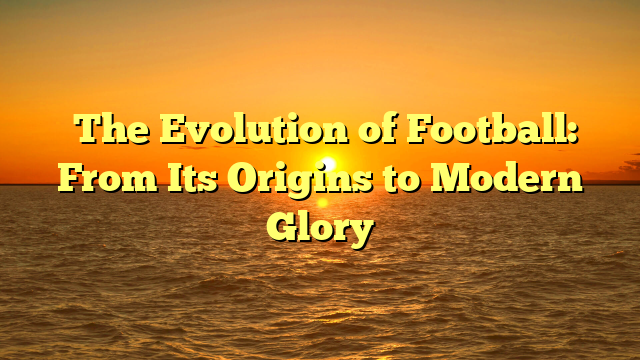
Minecraft: The Game That Built a World
Since its initial release in 2011, Minecraft has become a global phenomenon, captivating millions of players of all ages. Developed by Mojang Studios, this sandbox game allows players to explore, create, and interact in a blocky, pixelated universe. Its unique blend of creativity, exploration, and survival has made Minecraft one of the most influential games in history. This article explores the game’s mechanics, community impact, and cultural significance.
A Brief History of Minecraft
Minecraft was created by Markus Persson, also known as “Notch,” and was initially released as a public alpha in 2009. The game quickly gained popularity due to its innovative gameplay and open-ended design. In 2011, the official release took place, and slot online terpercaya it has since evolved with numerous updates and expansions, introducing new features, mechanics, and gameplay modes.
In 2014, Mojang was acquired by Microsoft for $2.5 billion, which allowed for further development and expansion of the game. Minecraft has since branched out into various editions, including Minecraft: Bedrock Edition for consoles and mobile devices, and Minecraft: Java Edition for PC, each catering to different player preferences.
Key Gameplay Mechanics
- Sandbox Environment: Minecraft is primarily a sandbox game, meaning players have the freedom to explore and interact with a procedurally generated world made up of blocks. Players can mine resources, gather materials, and build structures, encouraging creativity and exploration.
- Survival Mode: In Survival mode, players must gather resources, manage their health and hunger, and defend themselves against various creatures like zombies and skeletons. This mode emphasizes resource management and strategy, creating a balance between exploration and survival.
- Creative Mode: Creative mode allows players unlimited resources and the ability to fly, enabling them to construct elaborate structures and designs without the constraints of resource gathering. This mode showcases the game’s potential for creativity and architectural design.
- Multiplayer Capabilities: Minecraft supports multiplayer gameplay, allowing friends and communities to collaborate on projects or compete against each other. Servers offer a range of experiences, from minigames to custom adventures, enhancing the social aspect of the game.
- Modding Community: The Minecraft community is renowned for its modding capabilities. Players can create and share mods that introduce new gameplay mechanics, items, and even entirely new game modes, further expanding the game’s possibilities.
Community Impact
Minecraft’s community has played a crucial role in its success and longevity. The game has fostered a vibrant ecosystem of players, creators, and educators:
- Content Creation: Platforms like YouTube and Twitch have seen a surge in Minecraft-related content, with players sharing tutorials, gameplay, and creative builds. This content has not only entertained millions but has also inspired new players to explore the game.
- Educational Use: Minecraft: Education Edition has been developed as a teaching tool, allowing educators to use the game to teach subjects such as math, science, and history in an engaging and interactive way. This approach has garnered attention for its potential to enhance learning experiences.
- Community Events and Competitions: Minecraft has a rich tradition of community events, such as MineCon, where players gather to celebrate their love for the game. Competitions, such as building contests and speedrunning events, showcase the creativity and skill of players worldwide.
Cultural Significance
Minecraft’s impact extends beyond gaming. It has become a cultural icon, influencing various aspects of entertainment and media:
- Influence on Game Design: The game’s open-ended design and emphasis on creativity have inspired countless other titles in the sandbox and survival genres. Developers have incorporated similar mechanics into their games, further popularizing the format.
- Merchandising and Spin-offs: Minecraft has expanded into various merchandise, including toys, clothing, and books. Additionally, spin-off games like Minecraft Dungeons and Minecraft Legends have introduced new gameplay experiences while maintaining the spirit of the original.
- Crossover Collaborations: The game’s popularity has led to collaborations with other franchises, including themed content from popular movies, games, and brands, further solidifying its place in popular culture.
Conclusion
Minecraft is more than just a game; it is a platform for creativity, exploration, and community. Its unique blend of gameplay mechanics, coupled with a passionate player base, has ensured its status as one of the most beloved titles in gaming history. As Minecraft continues to evolve and inspire new generations of players, its legacy as a cultural phenomenon remains strong, showcasing the power of imagination in a digital world.
Feel free to modify any sections or add specific details you would like to highlight!





